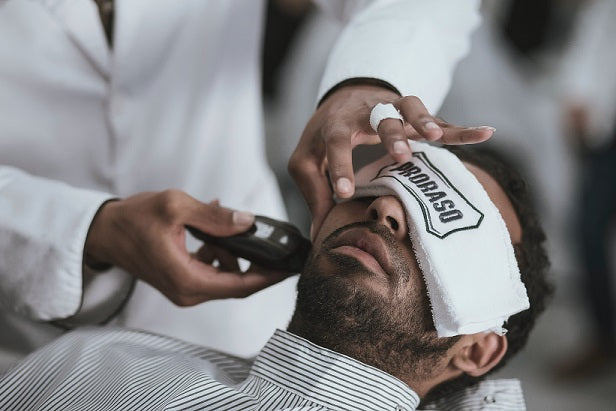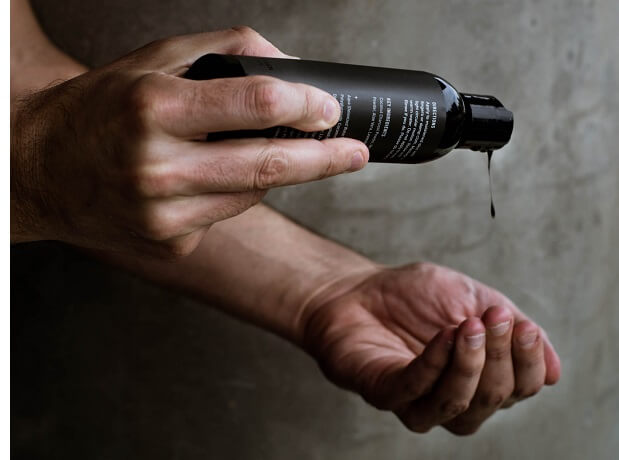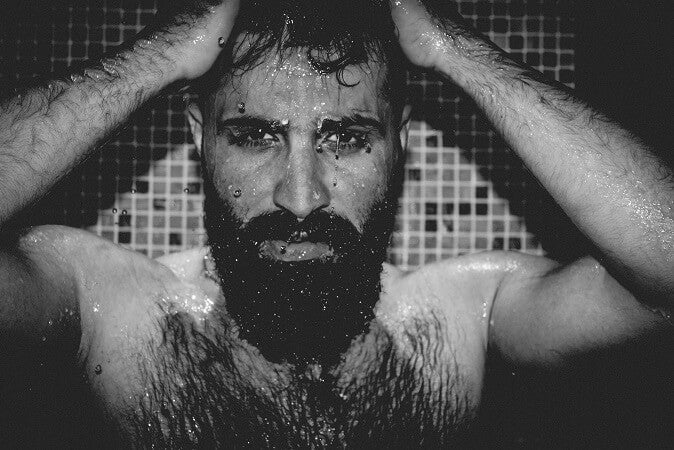The Art of Chest Manscaping Without the Burn

For many men, chest manscaping is an essential part of their grooming routine. A well-groomed chest not only boosts confidence but also enhances personal style and hygiene. However, the process of shaving or trimming chest hair can often lead to painful razor burn, ingrown hairs, and irritation if not done correctly. Fortunately, with the right techniques and tools, you can achieve a smooth, flawless chest without the dreaded burn or discomfort. In this comprehensive guide, we'll explore expert tips and tricks to help you master chest manscaping like a pro.
Why Chest Manscaping Causes Razor Burn
Before diving into the solutions, it's essential to understand why shaving your chest can lead to razor burn. The skin on the chest is delicate and prone to irritation, especially when dealing with coarse, curly hair. Improper shaving techniques, dull blades, and lack of preparation can cause the razor to tug and pull at the hair, resulting in painful bumps, redness, and inflammation.
Choosing the Right Tools
The first step in preventing razor burn during chest manscaping is selecting the right tools for the job. Invest in high-quality manscaping razors or trimmers designed specifically for body grooming. Look for razors with multiple blades and a pivoting head to follow the contours of your chest. Alternatively, manscaping clippers or trimmers can be a safer option for those prone to razor burn, as they trim body hair instead of shaving it off completely.
Prep Your Skin
Proper skin preparation is crucial for a smooth, irritation-free shave. Start by taking a warm shower or applying a warm compress to the chest area. The heat and moisture will soften the hair and open the pores, making it easier for the razor to glide across the skin.
Next, exfoliate the area with a gentle scrub or loofah to remove dead skin cells and unclog pores. This step not only prevents ingrown hairs but also ensures a closer shave.
After exfoliating, apply a high-quality shaving gel, cream, or oil designed for sensitive skin. These lubricating agents create a protective barrier between the razor and your skin, reducing friction and minimizing irritation.
Shaving Technique
Once your skin is prepped, it's time to shave your chest with care. Always shave in the direction of hair growth, using short, gentle strokes. Avoid going over the same area multiple times, as this can cause unnecessary irritation.
If you're using a razor, rinse it frequently to prevent clogging and dull blades. For trimmers or clippers, ensure the blades are sharp and properly aligned to prevent snagging or pulling on the hair.
Take your time and shave in sections, focusing on one area at a time. Rushing through the process increases the risk of nicks, cuts, and irritation.
Post-Shave Care
After shaving your chest, it's essential to follow up with proper post-shave care to soothe and protect your skin. Rinse your chest with cool water to close the pores and reduce inflammation.
Apply an alcohol-free, fragrance-free moisturizer to hydrate and nourish the skin. Look for products containing ingredients like aloe vera, chamomile, or witch hazel, which can help calm irritation and prevent razor burn.
Avoid tight-fitting clothing immediately after shaving, as this can cause friction and further irritation. Instead, opt for loose, breathable fabrics until your skin has had time to recover.
Maintenance and Touch-Ups
Manscaping your chest is an ongoing process, and maintaining your groomed look requires regular touch-ups. However, shaving or trimming the same area too frequently can lead to razor burn and ingrown hairs.
Instead, schedule your chest manscaping sessions every two to three weeks, depending on your hair growth rate. This gives your skin ample time to recover and reduces the risk of irritation.
When touch-ups are necessary, follow the same preparation and shaving techniques mentioned above, taking extra care around sensitive areas or previously irritated spots.
Additional Tips and Tricks
- Invest in high-quality tools from reputable brands designed specifically for manscaping.
- Replace your razor blades or trimmer heads regularly to ensure a clean, efficient cut.
- Avoid shaving over the same area multiple times, as this can cause unnecessary irritation.
- Stay hydrated and avoid shaving immediately after strenuous exercise or exposure to excessive heat, as this can make the skin more prone to irritation.
- Consider using an alum block or styptic pencil to stop any minor nicks or cuts during shaving.
- Avoid using fragranced products or harsh soaps, as these can further irritate the skin.

Chest manscaping is a grooming practice that can boost confidence and enhance personal style, but it should be done with care to prevent painful razor burn and irritation. By following these expert tips and tricks, including choosing the right tools, properly preparing your skin, mastering the shaving technique, and implementing post-shave care and maintenance routines, you can achieve a smooth, flawless chest without the dreaded burn.



